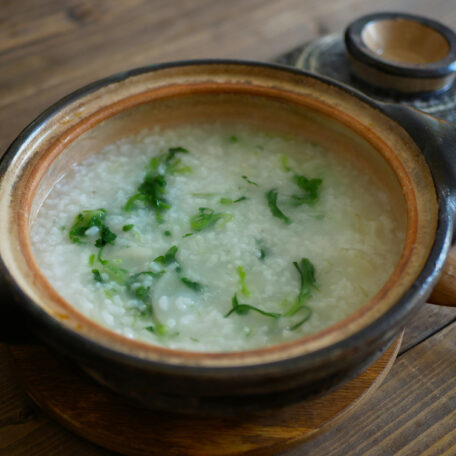Yuzu & Mikan & Sudachi, Oh My! Japan’s Most Popular Citrus Fruit
Nov 26, 2020
BY Jason Stone

A lesser known fact about Japan is actually that there are more than 20 varieties of citrus that are either native or used primarily in Japan, and thus heavily associated with the region. These Japanese citrus are in season in autumn and winter and they make the perfect addition to your culinary routines, whether they come in the form of iced beverages, desserts, seasonings, or eating them on their own. Today, let’s talk about 5 varieties of citrus most commonly associated with Japan!

Let’s start with one of the best and most loved: Yuzu
Yuzu is an incredibly versatile fruit that is probably the citrus most commonly associated with Japan. It has a really light, sweet flavor but a lot of that tangy flavor you’re looking for when you pick up citrus. It’s very popular in snack foods, and its juice is used frequently in cooking. You can even try a type of Shio (salt) ramen that incorporates yuzu into the delicious broth.

There’s also a really yummy iced lemonade-style drink commonly made from yuzu, and we definitely recommend it. If you want something with a bit more of a bite to it, yuzu is very commonly used in a lot of Japanese cocktails as well! Additionally, yuzu is often used in baking, as you can see with this slice of yuzu cake! It pairs magnificently with matcha and is really interesting when you talk about what flavors go with matcha, since you wouldn’t normally expect the citrus flavor to complement it as well as it does. Overall yuzu is a citrus that has a nearly infinite number of uses, and it has garnered a lot of popularity for good reason. Be sure to get some snacks, drinks, or sweets with yuzu soon!

The Orange’s charming cousin: Mikan
Everyone is familiar with oranges, and the Japanese mikan is very reminiscent of the classic orange, being another member of the mandarin family. Personally, when I’m eating oranges I have a lot of trouble peeling them, but peeling a mikan is super simple and easy to do. Similar to the yuzu, mikan is very popular and has a ton of candies made with the flavor. We definitely recommend you try out some mikan mochi! It’s also great in beverages, and can be a great way to enhance your tea, and mikan juice is a delicious, refreshing drink on its own.
A classic winter activity in Japan is sitting at a Kotatsu (heated table) eating mikan and watching tv dramas!

If you like Ponzu sauce, you already know Sudachi
Sudachi is another citrus that you may be familiar with but might not even know it. Sudachi are typically too sour to be eaten on their own. As such, it is used to flavor foods similarly to how lemons and limes are used. Similarly to lime, sudachi is small and green, but it is probably most well known for being the primary ingredient in ponzu sauce. Using sudachi juice as a replacement for vinegar. Ponzu sauce is used as a dipping sauce for a wide variety of Japanese dishes. Similarly, half a sudachi is very frequently used as a garnish for dishes like soba or udon, and even as a garnish and a flavoring for alcoholic beverages.

The strangest looking citrus you’ve never heard of: Bushukan
The bushukan is a Japanese citrus also known as “Buddha’s hand” due to its incredibly distinct appearance. Interestingly, it is used quite a lot as an offering in Buddhist temples because of this fact. Bushukan is also used ornamentally and grown to make gardens look more appealing, and is used a lot in perfume due to its great fragrance. Bushukan isn’t as commonly used for eating as the others on this list, but it is a really unique, interesting citrus!

Okinawa’s citrus specialty: Shikwasa or Shiquasa
Shiquasa is a citrus that is native to Okinawa and is a bit of a cross between tangerines and lemons, and is intensely sour. Due to its sourness, it is mostly used as a garnish, but is also frequently made into a jam or juice and sweetened. The juices made from Shiquasa also have a lot of health benefits, they are especially good for your metabolism. There are also some rumors that it can help decrease fat, so that could be another potential reason to drink some Shiquasa juice today!
PIN THIS FOR LATER
Discover other seasonal Autumn dishes and Winter Sweets thanks to recommendations!
Book your pocket wifi now to stay connected through your entire Japan Journey!

Be sure to get the JR Pass to make navigating Japan during your trip that much easier!

YOU MIGHT ALSO LIKE




